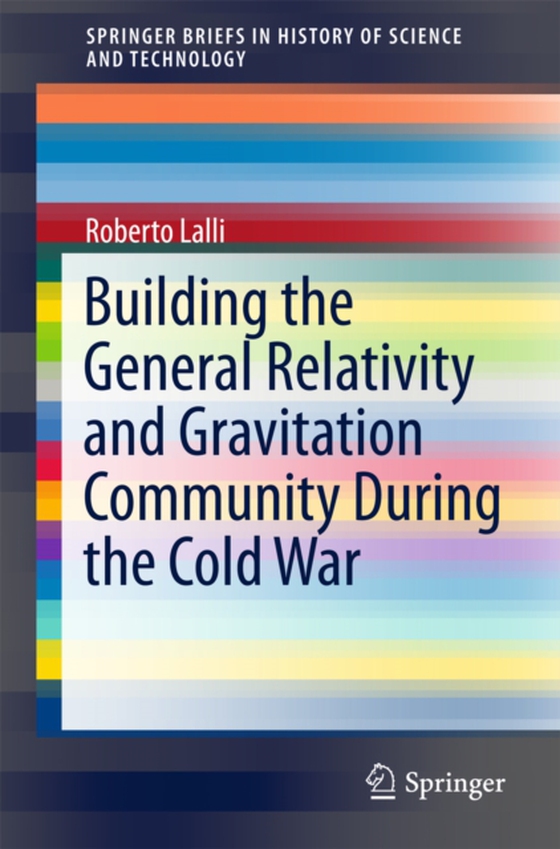
Building the General Relativity and Gravitation Community During the Cold War e-bog
509,93 DKK
(inkl. moms 637,41 DKK)
This monograph presents a new perspective on the history of general relativity. It outlines the attempts to establish an institutional framework for the promotion of the field during the Cold War. Readers will learn the difficulties that key figures experienced and overcame during this period of global conflict.The author analyzes the subtle interconnections between scientific and political fac...
E-bog
509,93 DKK
Forlag
Springer
Udgivet
21 august 2017
Genrer
Philosophy of science
Sprog
English
Format
pdf
Beskyttelse
LCP
ISBN
9783319546544
This monograph presents a new perspective on the history of general relativity. It outlines the attempts to establish an institutional framework for the promotion of the field during the Cold War. Readers will learn the difficulties that key figures experienced and overcame during this period of global conflict.The author analyzes the subtle interconnections between scientific and political factors. He shows how politics shaped the evolution of general relativity, even though it is a field with no military applications. He also details how different scientists held quite different views about what "e;political"e; meant in their efforts to pursue international cooperation. The narrative examines the specific epistemic features of general relativity that helped create the first official, international scientific society. It answers: Why did relativity bring about this unique result? Was it simply the product of specific actions of particular actors having an illuminated view of international relations in the specific context of the Cold War? Or, was there something in the nature of the field that inspired the actors to pioneer new ways of international cooperation? The book will be of interest to historians of modern science, historians of international relations, and historians of institutions. It will also appeal to physicists and interested general readers.
 Dansk
Dansk

